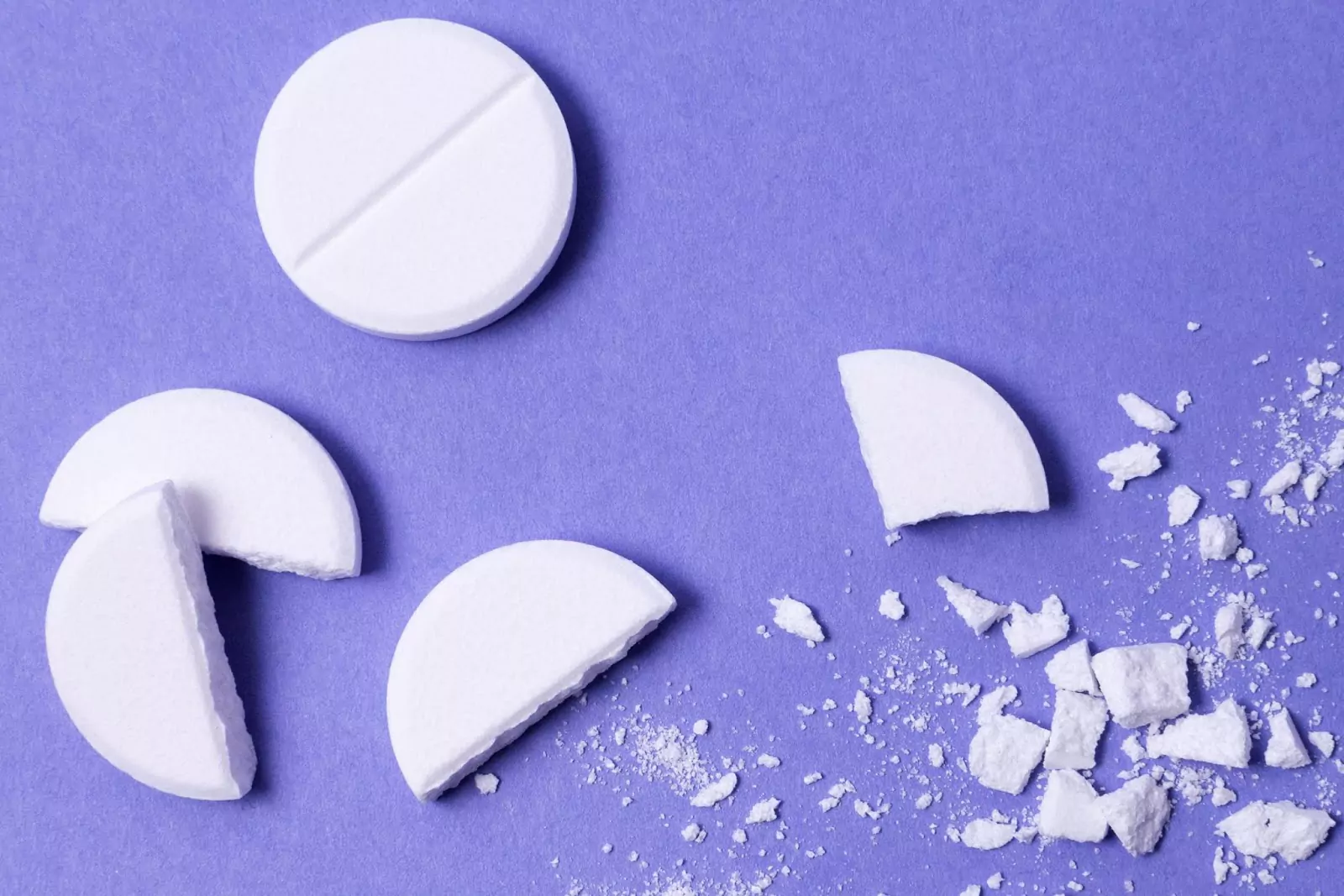In the pharmaceutical, food, and chemical industries, the Roller Compactor is an important production equipment, and strict adherence to its operating procedures is crucial for ensuring the smooth progress of the production process, stable product quality, and the safety of operators. This article aims to elaborate on the operating procedures of the Roller Compactor, providing scientific and standardized guidance for production operations.
1. Environmental inspection: Confirm that the production area is clean and free of debris, and there are no obstacles around the equipment that affect the operation.
2. Equipment inspection: Check whether the power supply, circuit, hydraulic system, air pressure system and water system of the Roller Compactor are normal, whether the connections of each component are firm, and whether the machine base is stable.
3. Material preparation: Confirm that the materials to be granulated are ready, the quantity is sufficient and meets the granulation requirements.
4. Safety device: Check and confirm that the safety protection devices of the equipment are intact, such as emergency stop switch, protective cover, etc.
1. Start the power supply: According to the operating procedures, turn on the cooling water and the main power switch of the control cabinet in turn, press the power on button, and then start the oil pump and other auxiliary equipment.
2. Set parameters: According to the product process requirements, set the parameters such as the liquid pressure of the rolling wheel and the side seal and the speed of the feeding screw and the rolling wheel motor.
3. Idle operation: Run the machine empty for 10-15 minutes, observe the operation of the equipment, and start production after confirming that there is no abnormality.
1. Feeding and granulation: The material is evenly fed into the pharma bin. Through the conveying and compression of the feeding screw, the material is pushed to the upper part of the two extrusion wheels to form hard strips, which are then crushed by the pelletizer to obtain the required particles.
2. Monitoring and adjustment: During the granulation process, pay close attention to the equipment operation status and product quality, and adjust the parameters such as the extrusion wheel speed, feeding screw speed and cylinder pressure according to the actual situation to ensure that the particle quality meets the standard.
1. Shutdown sequence: First stop feeding, then stop rolling, crushing and other operations in turn, and finally cut off the main power supply and turn off the cooling water switch.
2. Equipment cleaning: Clean the Roller Compactor according to the equipment cleaning requirements, including cleaning residual materials, wiping the equipment surface, checking and replacing wearing parts, etc.
1. Operating specifications: Operators must be familiar with and abide by the operating procedures, and illegal operations are strictly prohibited.
2. Equipment maintenance: Regularly maintain and maintain the equipment to ensure that the equipment is in good condition.
3. Safety protection: During operation, personal protective equipment should be worn to avoid contact between hands or other parts of the body and the moving parts of the equipment.
The operating procedures of the Roller Compactor are an important cornerstone for ensuring efficient and safe production. Only by strictly abiding by the operating procedures and strengthening equipment maintenance and care can the smooth progress of the production process and the stability of product quality be ensured. At the same time, the safety awareness and skill level of the operator are also key factors that cannot be ignored.





Maintaining cleanliness and compliance in the pharmaceutical industry is no small task. Every step in the manufacturing process must meet stringent hygiene standards, and that includes bin washing stations and containers used to handle sensitive materials. If you’ve ever wondered what these systems are, why they’re important, or how they can benefit your operations, this […]

Keeping a pharmaceutical environment efficient, clean, and safe isn’t just a preference—it’s a necessity. Whether it’s lifting heavy materials or streamlining workflows, the right solutions can make all the difference. That’s where lifting solutions, such as a pharmaceutical lifter (pharma lifter), come in. If you’re wondering how these tools optimize operations and ensure compliance, you’re […]

Producing perfect tablets is not easy. Whether you’re in pharmaceuticals, nutraceuticals, or other industries, tablet press machine defects can disrupt operations, waste materials, and compromise product quality. But here’s the good news: understanding these issues and their solutions can save you time, money, and headaches. Let’s explore the most common tablet press machine defects and […]